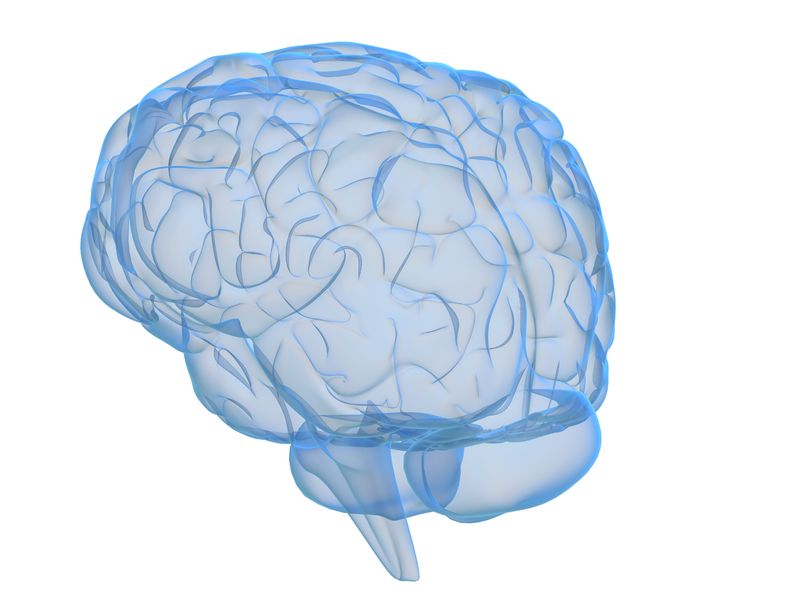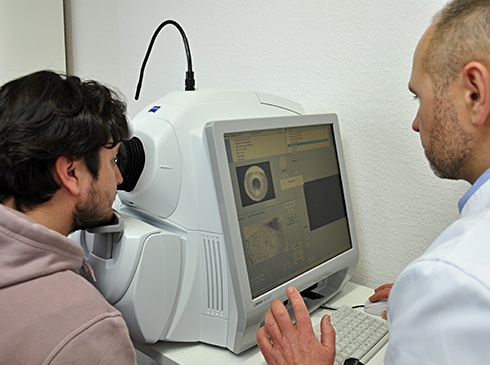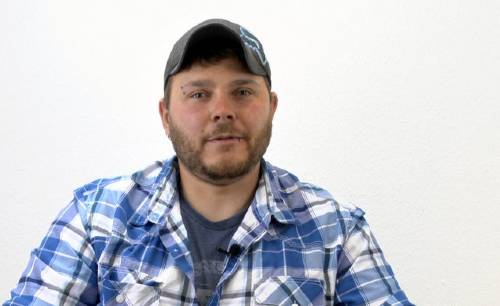To determine if Fedorov Therapy will benefit you, we need to review your relevant medical records. Before doing so, however, we need to first rule out possible contraindications to our therapy. For that, a checklist must be completed; only after we review the information in your checklist, and confirm there are no contraindications, will we start a thorough review of your medical records.
Usually, our review of your medical condition is processed within two to three working days. At the very least, we’ll want to assess the following: (a) ophthalmological reports with detailed results of eyesight evaluation; (b) visual field charts. In cases of extremely low vision, this may not be available; (c) other relevant records and test results such as optic nerve and retina OCT, brain MRI, or CT reports; (d) a narrative of the history of the vision problem written by you.
If you don’t have copies of your history, we’ll ask you to obtain copies of your medical files from your healthcare provider. Our referral form will be provided on demand.
If you aren’t able to send us the required package of medical information, but you feel that you are a candidate for Fedorov Therapy, we can still help. We will help to collect the required evaluations, ophthalmological tests and exams to determine if our treatment is right for you. You will be charged for that service.
We have found that our services are not typically covered by insurance. We suggest that patients should be prepared for the out-of-pocket expense for the treatment. We can provide upon your request the cost of our services, testing and therapies.







